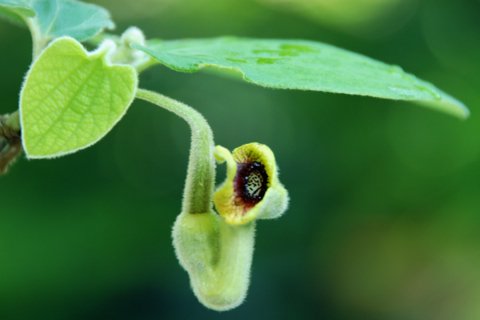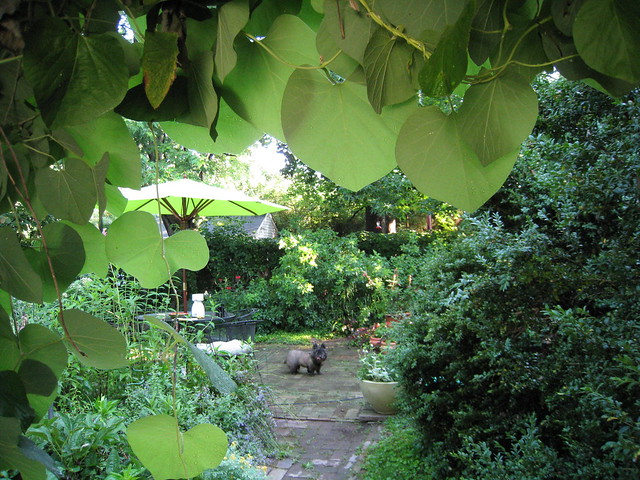 |
| Pipe vine casts deep shade. AMcC |
I first read about pipevines—the plants—and its relationship to Pipevines—the butterflies—from an article in American Butterflies, Summer 2001, written by Jeffrey Glassberg. American Butterflies is the quarterly journal of the North American Butterfly Association (NABA). NABA launched its “Pipe-dream Project” that year. The North American Bluebird Society (NABS) promotes nestboxes and habitat suited to bluebirds, and along with other organizations, has successfully expanded the range, increased populations and public awareness of Eastern, Western, and Mountain Bluebirds. NABA hoped to do the same for the Pipevine Swallowtail and its southern cousin, the Polydamas Swallowtail. Glassberg recommended growing the host plant, pipevine, either Dutchman’s Pipe, Aristolochia macrophylla, or a pipevine species native to your area. I had never had a Pipevine Swallowtail in my yard so I couldn’t wait to try it. Dutchman’s Pipe is native to the Eastern US, and I would have preferred to plant Missouri’s species, Wooly Dutchman’s Pipe, A. tomentosa, but I was unable to find a source at the time. I planted two Dutchman’s pipe vines on a metal arch, set in concrete. I had intended that arch for climbing roses, but that another story.
The species name, macrophylla, means “large leaf.” Many of the leaves are 6 inches wide and more than 7 inches long. They arrange themselves like shingles on a roof, casting a deep shade. When people sat outdoors to cool off in summer, folks planted it to cover the porch. Now that most of us enjoy air-conditioning in the heat, the plant is rare in suburbs and towns.
The first season the vines looked acceptable, but weak. By late summer, I had seen a few Pipevine Swallowtail adults, but no eggs or caterpillars. The next summer, I had more adults, but still no “cats.” Just before the plants’ third season, I met a woman who had grown the plant for years. She advised me to prune it to around one or two feet in the spring. I was horrified. Perhaps you’ve heard the old garden wisdom about vines, “First they sleep, then they creep, then they leap!” That summer, mine leapt. The vine covered the arch, headed down the fence, and made a grab for the gutters. I do prune my pipe vines in late winter now, and trim during the growing season if they misbehave. The plant laughs at pruners, and the butterflies seem to prefer to lay their eggs on the fresh growth.
 |
| Dutchman's Pipe bloom. Photo by Margy Terpstra © |
My plants bloom well in spring, though the flowers are small. They’re not showy, but their strange shape (like a meerschaum pipe) has an even more bizarre function. According to the Plant Diversity Website, the flower is perfumed like road kill. Fear not, gentle gardener! I have never detected this odor. A hungry fly enters the bloom and finds itself trapped in the convoluted shape. There the fly stays till it is covered with pollen and the flower matures, releasing it to play London Bridge once more.
This summer, Pipevines been particularly abundant. I can see them all day long. It took a long time for me to find the cats. Last summer I had several “hatch outs” and I learned what to look for. If you see a leaf with damage, try looking underneath it. Sometimes a dark shadow turns out to be a group of larva. For more about the caterpillars, see “Botanical Arsenic and Old Lace.” For more about the adult, see “Leaping Lepidopterists, Batman!”
 |
| Dutchman's pipe grows on an arch. AMcC |
No comments:
Post a Comment